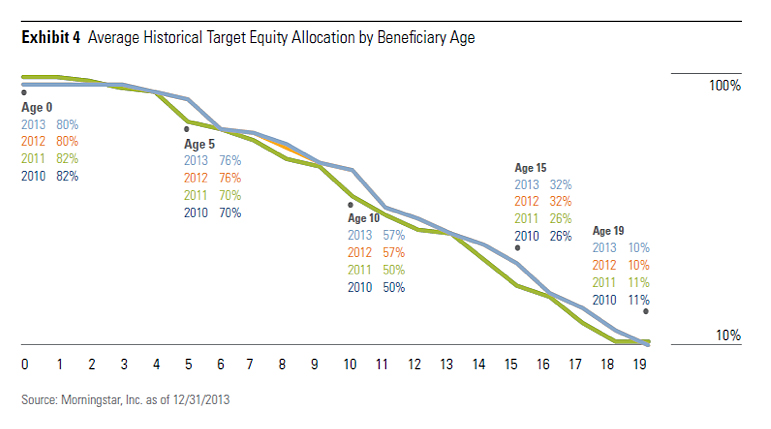Rebalancing
The investment team monitors and rebalances your portfolio, in addition to portfolio construction. It is equally important to continue to monitor portfolios and their compliance with your investing preferences and objectives as it is to determine what the proper investments are. Rebalancing is a key part of this process. See our recent blog post on how to rebalance a portfolio to understand the reasons and mechanics behind the process. The most important way to be successful is to get invested and stay invested. Rebalancing your portfolio on occasion will help you stay the course for the long-term.
Market Update
The story has stayed much the same over the past quarter with trade tensions remaining center stage. Volatility remains, while trade war talks have spilled over into action and interest rates continue to rise. Synchronized global growth is slowing but is not yet slow; so, do not expect growth to immediately fall off the cliff from a peak to a trough.
U.S. markets remain in consolidation mode after a strong 2017 as investors waffle between getting comfortable with the lower rate of growth while having a strong economic and earnings outlook. The U.S. market ended the quarter on a higher note up 3.43% for the S&P 500 despite the ups and downs throughout the quarter with China and U.S. relations. Despite being up as much as 6.6% and down as much as 4.4% throughout the year so far we are up 2.65% through the end of the second quarter for the S&P 500.
Bond markets have continued to struggle with bonds giving back what they are earning via interest payments, and then some, as the Bloomberg Barclays US Aggregate bond index is down 1.6% year to date. Interest rates continue to increase at a well-telegraphed pace by the Federal Reserve with two more increases expected this year.
In contrast to the U.S. market, international markets are struggling for the year with the MSCI EAFE posting a -2.75% so far. In stark contrast, domestic small company stocks are enjoying a nice tailwind from the corporate tax reform so far this year. The Russell 2000 is posting a startling 7.6% return year-to-date, all of which occurred in the second quarter.
Inflation continues its slow creep back into our economy with wages slowly starting to increase. Just as slowing growth in the economy is not yet slow, rising inflation is not high inflation. We are still at very low levels of inflation when you look at the history of our domestic economy. Our investment committee has decided to add an allocation to an inflation-focused real asset strategy. We want to add exposure within the portfolios to a strategy that would have the potential to respond more favorably than the broad equity markets to rising inflation.
Preview of exciting changes
The investment team has been working on some exciting developments for your experience. We will soon have a “Center for Financial Planning, Inc®” app for your smartphone where you can view returns, asset allocation and even your probability of success for your financial plan. This new portal will be available to all who are interested. More information and training on how to set up and view information will be coming later this year so watch your inboxes! As always, please feel free to reach out if you ever have any questions.
On behalf of everyone here at The Center,
Angela Palacios, CFP®, AIF®
Director of Investments
Financial Advisor





















